Sensory Toys for Autism


Understanding the Power of Sensory Toys in Autism Support
Sensory toys are essential tools designed to support sensory processing, emotional regulation, and developmental skills in children with autism. By engaging multiple senses, these toys help children navigate their environment more comfortably, build essential skills, and foster greater self-awareness and confidence. This article explores the different types of sensory toys, their benefits, how to choose appropriate options, and innovative ideas for incorporating sensory play into daily routines.
What Are Sensory Toys for Autism and How Do They Support Development?
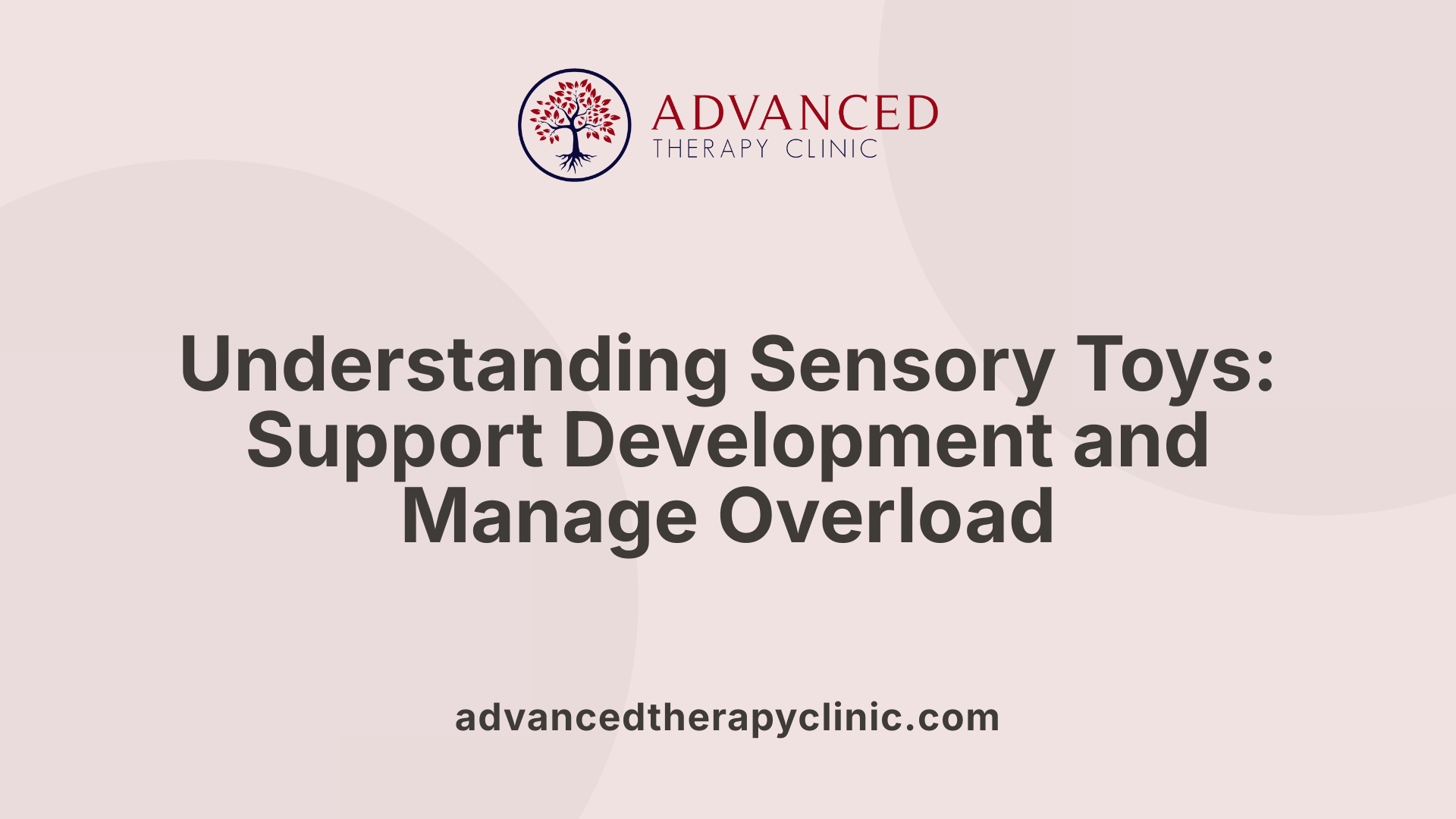
What are sensory toys for autism and how do they support development?
Sensory toys for autism are specially created objects that engage one or more senses—touch, sight, sound, smell, or taste—to help children process sensory information effectively. These toys are designed to provide the right kind of sensory input, which can be calming or stimulating depending on the child's needs.
These toys play a crucial role in supporting emotional regulation. They help children manage feelings of stress and overwhelm by offering comforting sensory experiences. For example, weighted stuffed animals, sensory blankets, and textured fidget toys provide tactile feedback that can soothe children and improve focus.
Beyond emotional benefits, sensory toys facilitate skill development. They encourage children to refine their fine motor skills through activities involving manipulation, such as building blocks or therapy putty. They also promote gross motor coordination with toys like sensory mats or tents. Additionally, playing with these toys helps children learn cause and effect, develop communication skills, and build social interactions, boosting their confidence.
Popular sensory toys like gel fidget circles, glitter wands, and sensory bottles are accessible and engaging, aligning with children’s interests for effective play. DIY options like weighted lap buddies or homemade sensory bottles offer even more ways to customize sensory experiences.
In summary, sensory toys are vital tools that support neurodevelopment, help manage sensory overload, and foster important skills in children with autism. Their versatile designs make them suitable for use at home, in schools, or therapy centers, contributing to a well-rounded developmental approach.
Categories and Types of Sensory Toys Suitable for Autism
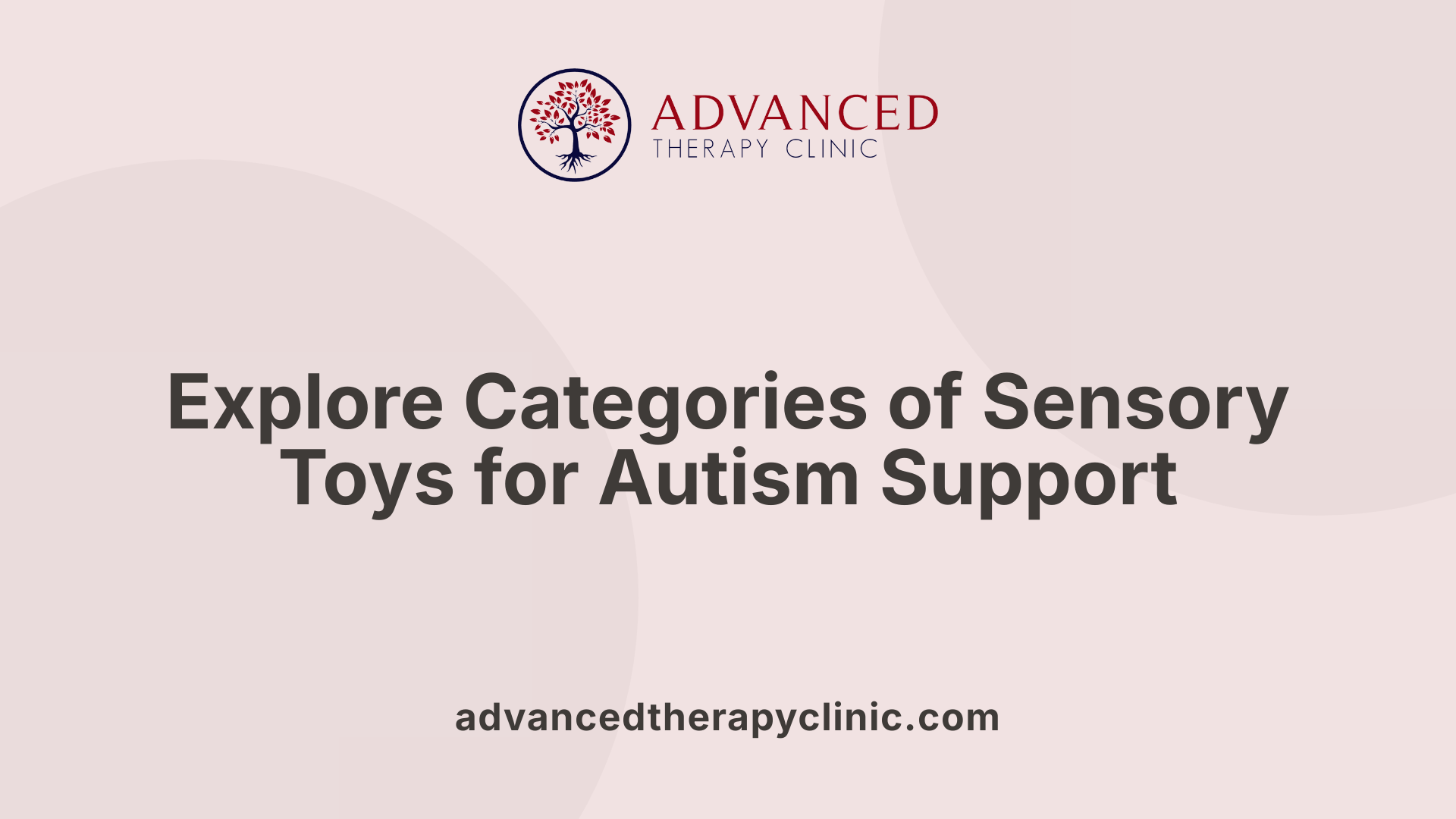 Sensory toys designed for children with autism and related sensory processing challenges cover a broad spectrum of categories. These toys are tailored to stimulate different senses—touch, sight, sound, proprioception, and oral input—to help children manage their sensory needs effectively.
Sensory toys designed for children with autism and related sensory processing challenges cover a broad spectrum of categories. These toys are tailored to stimulate different senses—touch, sight, sound, proprioception, and oral input—to help children manage their sensory needs effectively.
One major category includes tactile toys, such as textured objects like squishy animals, therapy putty, and sensory tiles. These provide touch feedback that can be comforting and engaging for children who seek tactile stimulation. Soft plush toys and sensory rugs also fall into this group, offering gentle comfort and sensory input.
Visual and auditory stimulators are popular for promoting focus and calming. Examples include glitter wands, kaleidoscopes, liquid timers, and sensory bottles filled with colored liquids or glitter. These toys capture the child's attention and help soothe anxiety.
Weighted items are crucial for delivering calming pressure, which can ease stress and improve sensory regulation. Items such as weighted vests, blankets, lap pads, and stuffed animals are used in home, school, or therapy settings to create a sense of security.
For oral sensory needs, chewable toys like textured chew jewelry or chew sticks provide safe outlets for oral stimulation, which is common among children with autism.
STEM building toys, cause & effect manipulatives, and fine motor skill sets are also integral, encouraging skill development alongside sensory engagement. These include blocks, puzzles, and fidget sets, which foster cognitive and motor growth.
Overall, the best choices depend on individual preferences and specific sensory goals. A well-balanced selection of sensory toys supports self-regulation, improves focus, and boosts emotional well-being, helping children navigate their environments more comfortably.
Guidelines for Selecting Suitable Sensory Toys Based on Age and Needs

Considerations for selecting toys
Choosing the right sensory toys involves understanding a child's unique needs and developmental level. It’s essential for caregivers to observe how a child interacts with different types of toys to determine what stimulates or calms them most effectively.
Different age groups and sensory needs require tailored safety and engagement features. For example, younger children, especially those with oral sensitivities, should avoid toys with small parts that pose choking hazards. For children with autism or sensory processing disorder, toys should match their specific sensitivities—some may benefit from calming weighted toys, while others may need more active sensory feedback like fidget sets or tactile objects.
The variety of sensory experiences matters—tactile textures, visual stimuli like glitter or colors, sounds, and proprioceptive feedback from weighted clothing or pressure toys can help promote sensory integration and focus.
Caregivers should also consider the child's interests and interaction style. Engaging children with toys they find appealing increases the likelihood of beneficial sensory input.
It is often helpful to seek guidance from therapy professionals, such as occupational therapists, who can advise on appropriate toy choices based on developmental goals. Involving the child and family in decision-making ensures that the selected toys are both enjoyable and effective.
When selecting toys for different ages and needs, safety remains a priority. Check for quality, non-toxic materials, and features that prevent potential hazards. Remember, variety is crucial—offering a mix of tactile, visual, auditory, and proprioceptive toys can foster comprehensive sensory development.
In conclusion, the best sensory toys are those that match a child's current developmental stage, sensory sensitivities, and personal preferences, all while ensuring safety and promoting positive, calming interactions.
Calming and Therapeutic Benefits of Sensory Toys

What are some effective calming sensory toys for children with autism?
Choosing the right sensory toys can make a significant difference in helping children with autism achieve calmness and comfort. Effective calming options include weighted blankets, which apply gentle, deep pressure to help children feel secure and relaxed. These are especially helpful during rest or quiet times.
Tactile fidgets such as Tangle Relax or Theraputty are also popular for reducing anxiety. They allow children to engage their hands in soothing movements, fostering a sense of calm while improving fine motor skills.
Visual sensory tools like liquid timers and stress balls with vibrant colors can provide visual interest and sensory engagement that aid in relaxation. A gel-filled stress ball or glitter wand can distract and soothe an anxious child through calming visual stimulations.
Oral sensory needs are supported by chewable jewelry or sensory chew toys, which can satisfy the need for oral stimulation safely and help lessen stress.
Vibration-based toys, such as vibrating sensory pillows or small massagers, offer tactile stimulation that can ease tension and support better sleep routines. These tools can align with the child's preferences, offering multi-sensory experiences that promote relaxation.
Other options include soft-textured plush toys, sensory brushes, and multi-sensory calming items like pressure and vibrating pillows. These toys are designed to provide either tactile or proprioceptive input, which is crucial for sensory regulation.
When selecting calm-inducing sensory toys, it’s essential to consider the child's individual sensory profile and preferences. Consulting with healthcare professionals can help identify the most suitable options.
By incorporating these tools into daily routines, children with autism can experience improved focus, reduced anxiety, and enhanced emotional regulation, helping them feel more at ease in different environments.
Supporting Nonverbal and Developmental Skills Through Sensory Play
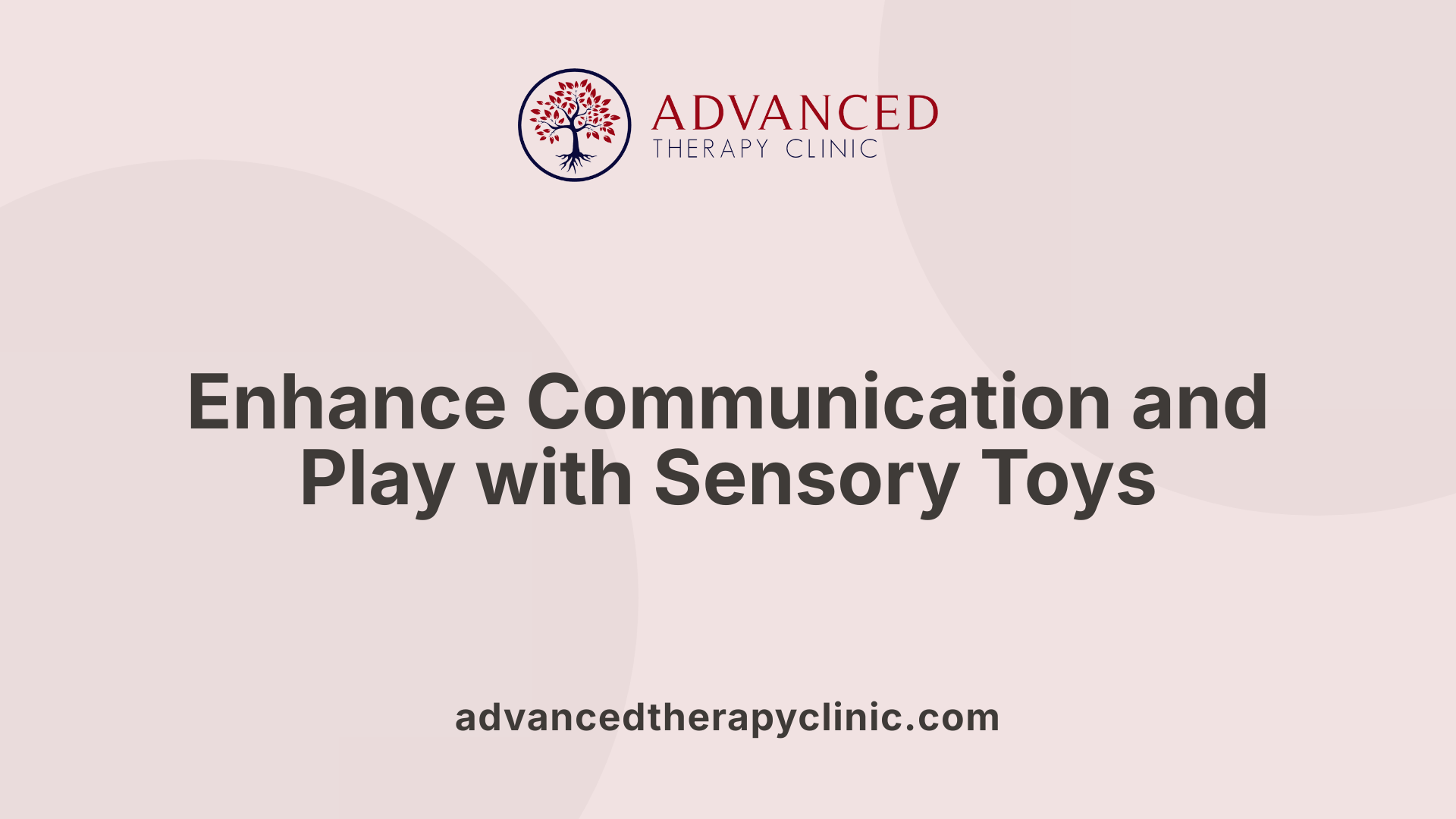
What types of toys are recommended for nonverbal children with autism to aid communication and play?
For nonverbal children with autism, sensory and developmental toys provide essential support for enhancing communication and fostering play skills. A variety of items are designed to stimulate senses, promote interaction, and develop motor and cognitive abilities.
Sensory toys such as fidget spinners, textured objects, and squeeze balls can help children focus, self-regulate, and hone their fine motor skills. These toys offer tactile feedback that encourages exploration and physical development.
Visual and audiovisual toys play a crucial role in engagement. Light-up bubbles, LED toys, and cause-and-effect devices like voice changers or musical light-up toys help children understand the concept of action and reaction. They also provide visual stimulation that appeals to children who respond well to bright, moving, or sound-emitting objects.
Comfort items also support nonverbal communication. Weighted blankets, calming sensory mats, and calming gifts reduce anxiety, creating a safe environment conducive to exploration and interaction.
Moreover, technology-based tools such as tablets equipped with communication apps or soft toys that mimic speech can help children develop functional communication skills. These tools allow children to express needs and emotions more effectively, laying a foundation for social interaction.
Each of these toys is suited to promote engagement and development, meeting children where they are and gradually supporting their journey toward greater communication and play skills.
| Toy Type | Examples | Purpose | Additional Details |
|---|---|---|---|
| Sensory objects | Textured squeeze balls, fidget spinners | Focus & motor skills | Help children self-regulate and develop fine motor coordination |
| Visual/Audiovisual | Light-up toys, cause-and-effect devices | Engagement & understanding | Encourage learning about cause and effect through fun stimuli |
| Comfort tools | Weighted blankets, sensory mats | Calming & exploration | Reduce anxiety and promote comfort |
| Technological aids | Communication apps, speech-mimicking toys | Speech & social skills | Facilitate expressive communication and social interaction |
Choosing the right toys depends on the child's unique interests and interaction style, but all aim to support sensory processing, enhance communication, and foster playful learning.
Harnessing the Power of Sensory Play for Development and Well-being
Incorporating sensory toys into routines for children with autism offers a multitude of benefits—from calming anxieties and fostering emotional regulation to developing essential motor and communication skills. By understanding the diverse types of toys available and making thoughtful selections tailored to individual needs, parents, caregivers, and educators can create engaging, supportive environments that promote growth, confidence, and well-being. As research continues to validate their effectiveness, sensory toys remain vital tools in guiding children with autism toward a more balanced and enjoyable life of learning and self-discovery.
References
- Sensory Toys and Autism Toys for Home & Therapy - Playlearn
- What are sensory toys and how do they help? - Autism Speaks
- Autism Toys for Kids, Teens and Adults on the Spectrum
- The Benefits of Sensory Toys for Children with Autism
- What are sensory toys and how do they help? - Autism Speaks
- The Benefits of Sensory Toys for Children with Autism
- How to Select the Best Sensory Toys to Improve Autism Evaluations
Recent articles
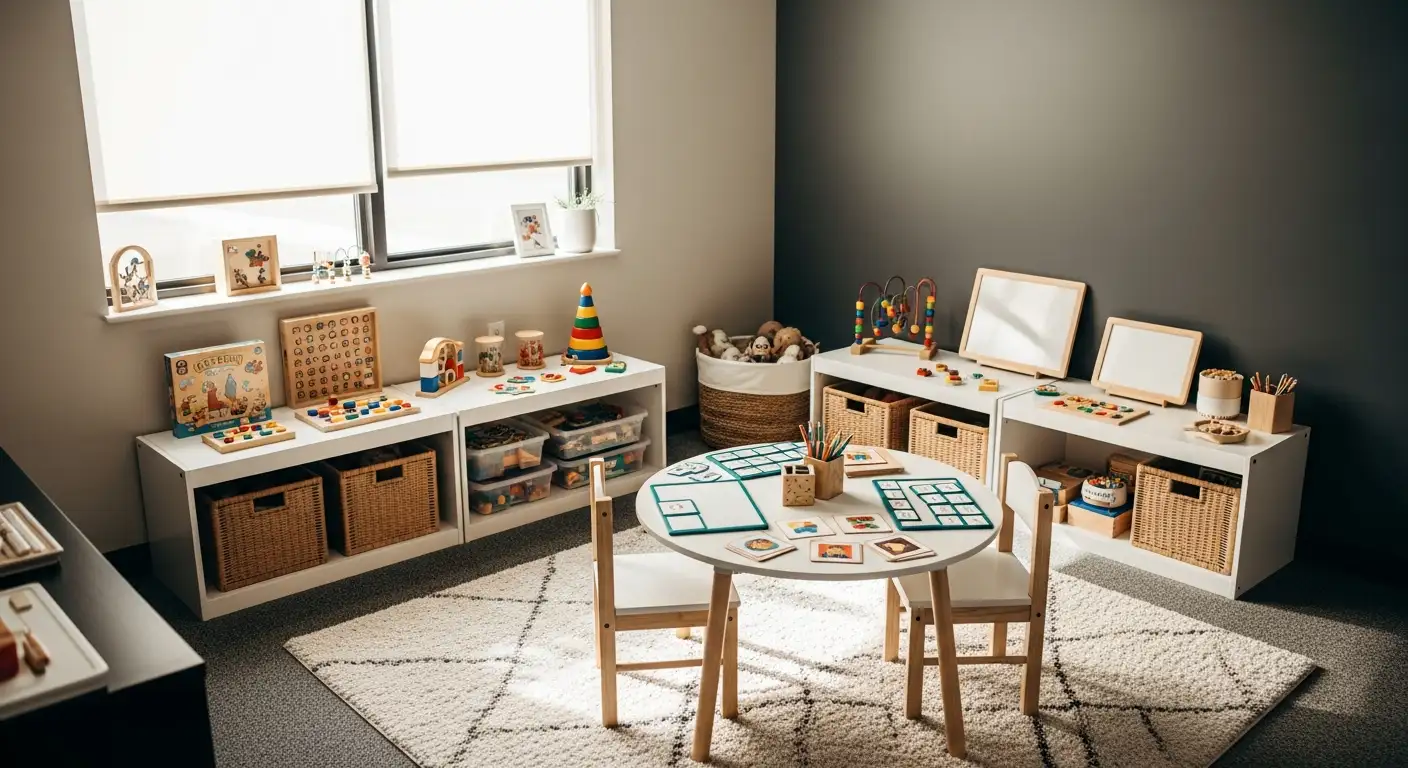
Expressive Speech Delay 2-Year-Old
Understanding and Addressing Expressive Speech Delay in Toddlers

How Speech Recognition Works
Unlocking the Power of Speech Recognition in Therapy and Healthcare

Autism and Head Size
Understanding the Complex Relationship Between Autism and Head Size
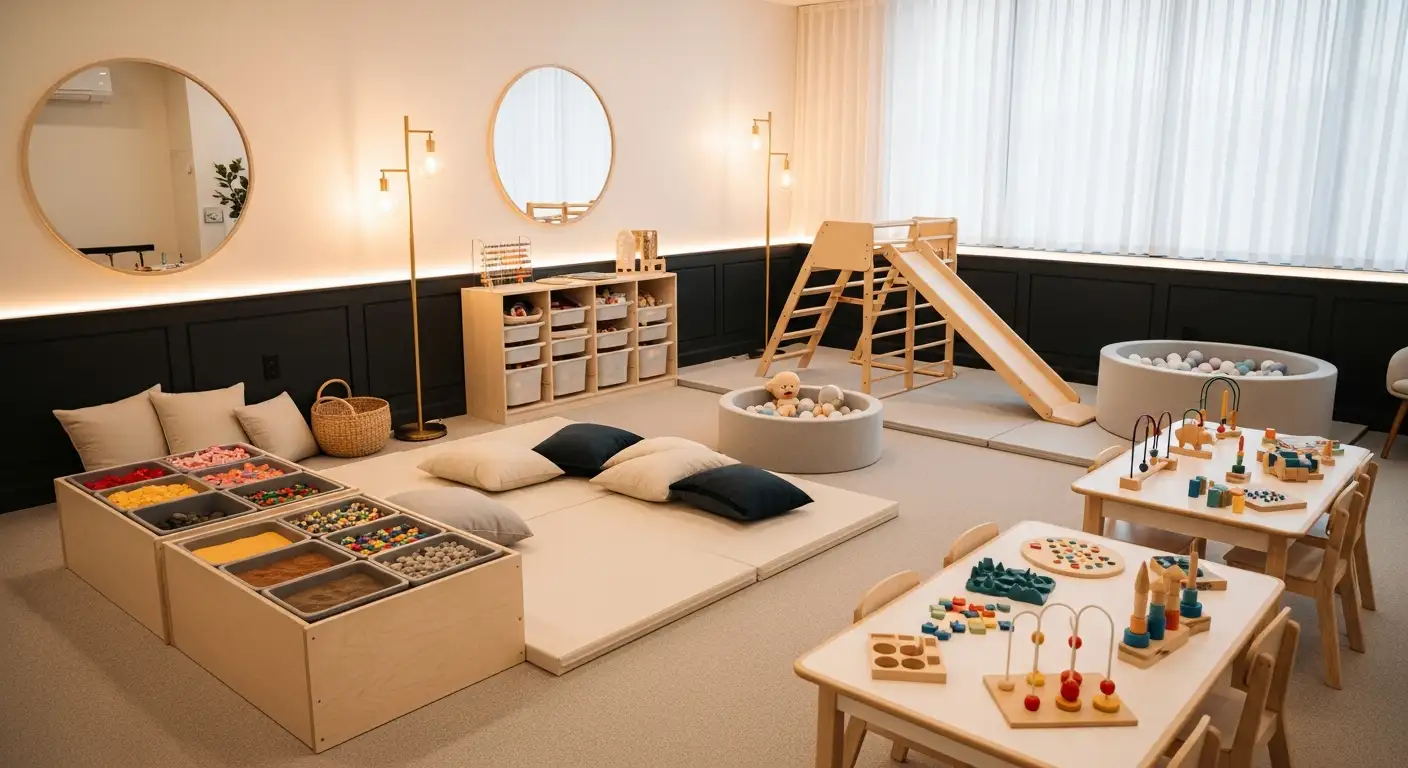
Occupational Therapy in Autism
Enhancing Independence and Quality of Life Through Occupational Therapy in Autism

Do Autistic People Understand Sarcasm?
Navigating the Nuances: Understanding Sarcasm and Social Communication in Autism
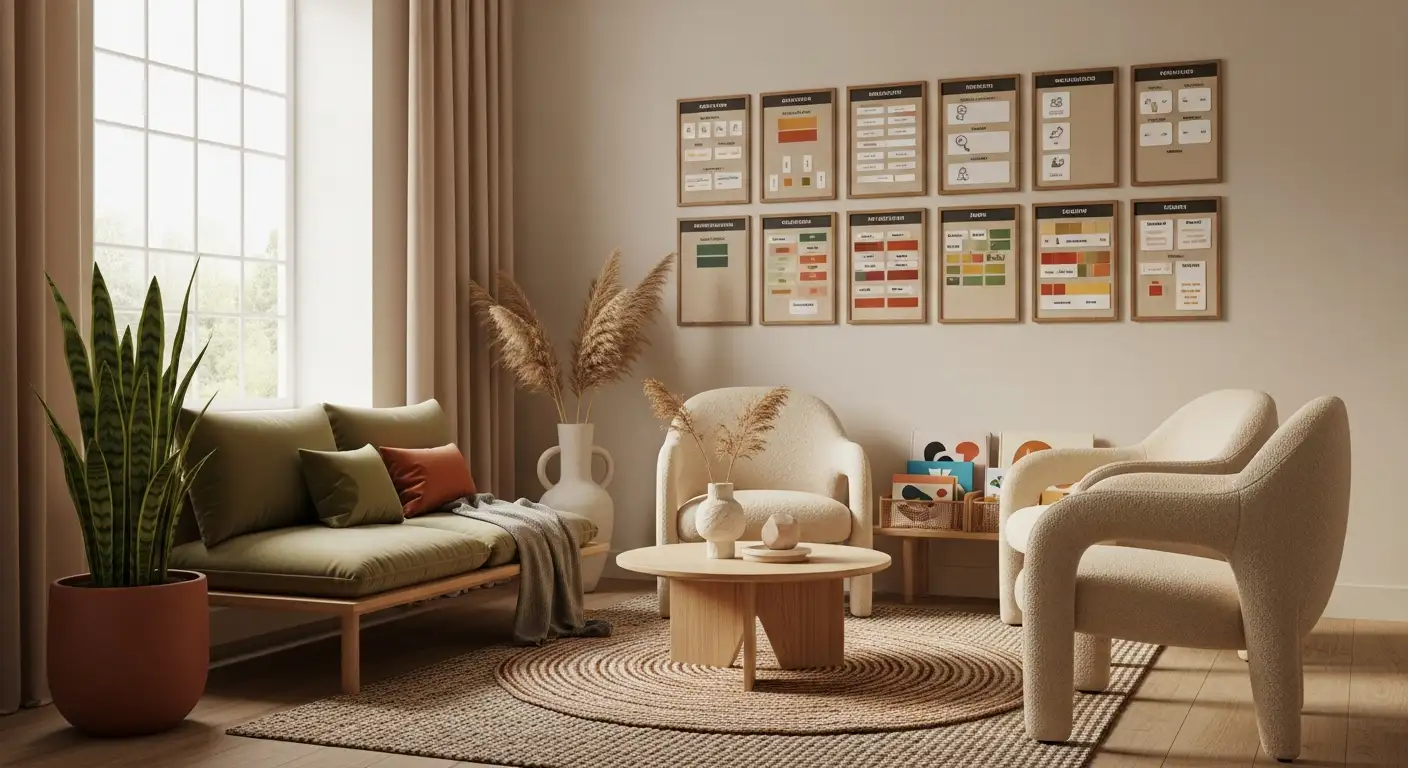
Autism Routines
Crafting Effective Daily Structures for Children with Autism

